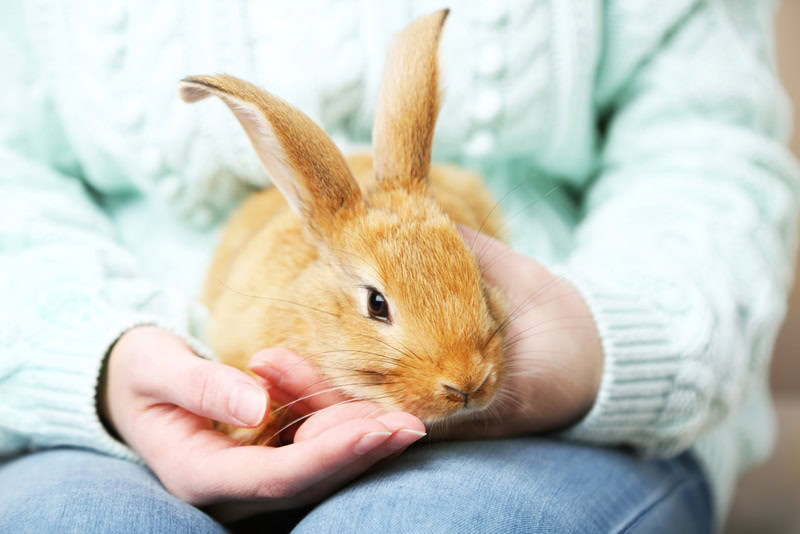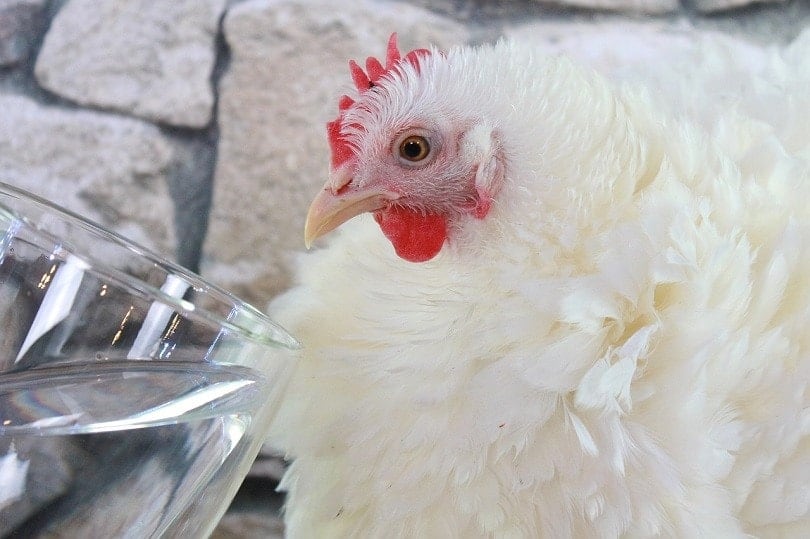Click to Skip Ahead
The Texel guinea pig is a newer cavy breed, though they have been rapidly growing in popularity in recent years due to their beautiful long and curly coat, friendly and docile nature, and patient demeanor. They require a bit more care than other Guinea Pig varieties due to their luxurious coat, making them a slightly larger responsibility.
If you’d like to know more about the Texel guinea pig, you’ve come to the right place! In this article, we’ll discuss their care requirements to help you decide if they’re the ideal pet for you.

Quick Facts About Texel Guinea Pig
| Species Name: | Texel Guinea Pig |
| Family: | Cavia porcellus |
| Care Level: | Intermediate |
| Temperament: | Gentle, affectionate, calm, friendly |
| Color Form: | Solid, patterned, mix |
| Lifespan: | 5–10 years |
| Size: | 8–10 inches |
| Diet: | Guinea Pig food and timothy hay |
| Minimum Enclosure Size: | 30 x 60 inches |
| Enclosure Set-Up: | Fairly simple |
| Compatibility: | Moderate |
Texel Guinea Pig Overview
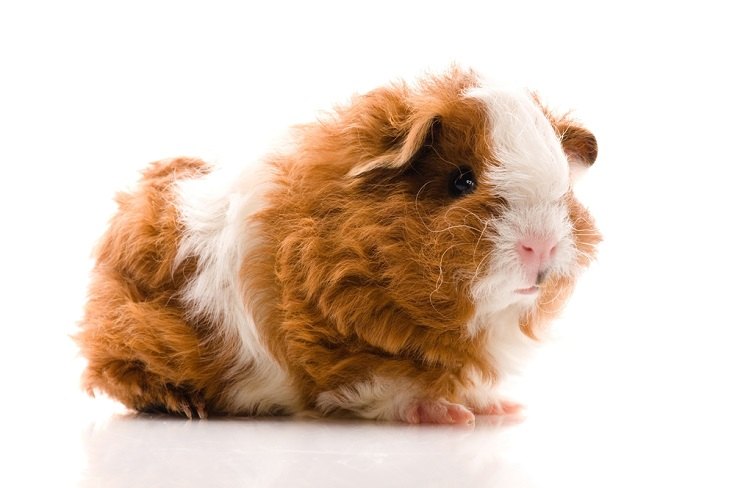
The Texel Guinea Pig is a relatively new breed of guinea pig, originating in England in the early 1980s. The breed was created by crossing a British Rex with a Silkie guinea pig. The curly-haired Texel variety was officially recognized by the American Cavy Breeders Association in 1988 and has been growing in popularity ever since. Yet, they can be rather difficult to find!
The Texel is similar in appearance to the Silky guinea pig, but instead of the Silky’s characteristic straight, long coat, the Texel’s coat is curly. This coat and their soft and gentle nature make the breed so popular these days, as well as the fact that they love being handled by humans. Like other long-haired cavies, Texels are generally more tranquil than short-haired varieties, though they are known to have a mischievous streak, too!
While these cavies are known to be more docile than their cousins, it’s important to note that all guinea pigs have unique personalities, which become more apparent as they grow older.

How Much Do Texel Guinea Pigs Cost?
Depending on the breeder and availability in your area, Texel Guineas can cost between $20 and $50 or up to $75 in some cases. They can be difficult to find, and their high demand will naturally drive the prices even higher. Be sure to buy your Texel from a reputable breeder who can offer a health guarantee, and avoid general pet shops, as it can be difficult to assess their health accurately.
Typical Behavior & Temperament
Texel Guinea Pigs are well-known to be the most docile of all cavy varieties and are highly amenable to being handled, even by children. Of course, they should be socialized early and handled gently at all times. They are calm and not as active as their short-haired cousins, making them easier to handle and play with outside their cage. This is a generalization, and some Texels may be more active than others. Many Texel owners will tell you that they are a rather mischievous breed and can get into trouble if left to their own devices!
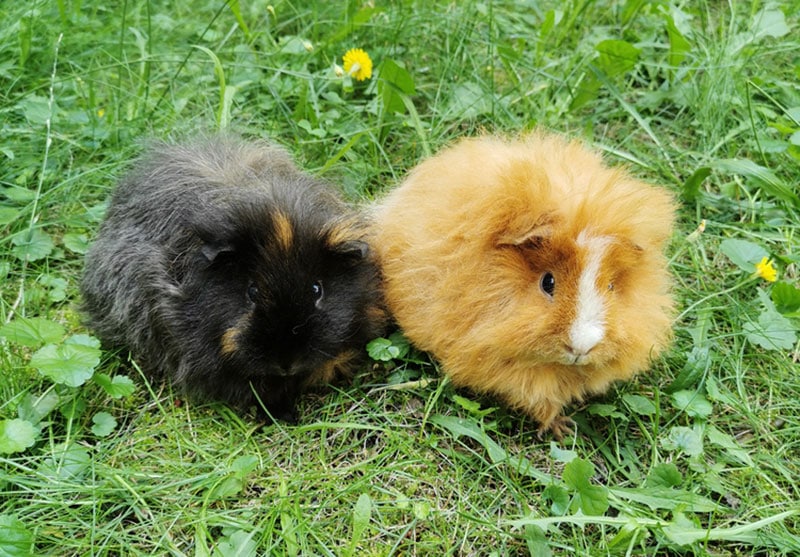
Appearance
The most striking characteristic of Texels is their long and curly coat, which covers their entire body. The hair around their heads and faces is typically a bit shorter but still has the characteristic curls. Their coat can come in almost any color, from solid white to gold, brown, and black, along with mixed and patterned varieties.
They are about the same size and weight as most other breeds, and males tend to be slightly larger than females. Many owners report that Texels tend to have slightly shorter, stockier bodies than other cavies.

How to Take Care of Texel Guinea Pigs
Habitat
Texel Guinea Pigs have the same needs as other cavy breeds, and they need a clean, spacious, and well-ventilated habitat to live in. Guinea pigs in the wild are social animals and do far better living in groups of two or three. They’ll need a cage at least 30 x 60 inches or larger if you have more guineas.
Bedding
Dry bedding is a must and should be changed regularly to prevent any soiled bedding from getting stuck in the long and curly fur of your Texel. Paper-based bedding or fleece cage liners are ideal; wood chips can easily get stuck in their fur.
Accessories
A good water bottle and food dish are essential, as are accessories to mentally and physically stimulate your Texel, such as a hide house, chew toys, and a hay rack. They also love tunnels to run through, cardboard boxes, and obstacle courses. Even with all these accessories, your Texel must spend time outside their enclosure as often as possible.
Do Texel Guinea Pigs Get Along With Other Pets?
Texel Guineas are known for their relaxed temperament and generally get along great with other guinea pigs. They are social animals that do well living together in pairs or more, even with other breeds. However, it’s essential to introduce new members slowly since a male will attempt to assert dominance in any new male’s presence. Fighting is rare, even among same-sex guineas, though it does happen at times, so be sure to take the process slowly.
With a proper introduction, plenty of toys and food, and adequate space in their enclosure, Texel Guineas are a docile species that generally get along great with other cavies.

What to Feed Your Texel Guinea Pig
In the wild, Guinea Pigs are omnivorous animals that occasionally feed on small insects. As pets, they are easy to feed, and good-quality pellets and fresh timothy hay are enough for them to get all their required nutrition.
Texel guinea pigs do not have any special nutritional requirements compared to other breeds. They can be fed fruits and vegetables as treats occasionally, but they do not digest sugar well and are prone to obesity, so they should be kept to a minimum. As with any breed of cavy, ensure they have constant access to fresh, clean water.
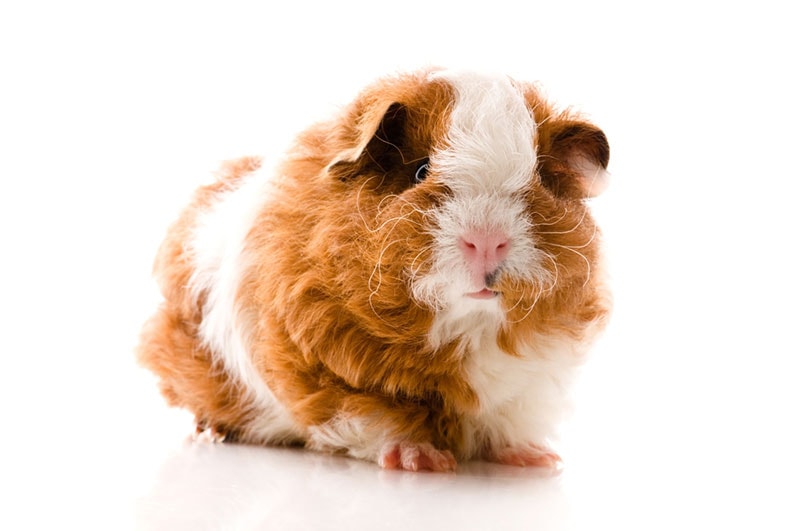
Keeping Your Texel Guinea Pig Healthy
The most important duty is brushing your Texel guinea pig’s long coat. They’ll need a light brushing every other day to prevent matting, skin problems, and parasites from taking hold. Knotted fur can also cause mobility issues, which can cause weight issues if your Guinea Pig does not get enough exercise.
It’s also good practice to bathe your cavy at least once a month with fresh, clean water. Check their ears for wax build-up or infections, which is common due to their long coats.
Breeding
Breeding guinea pigs is not tricky, and the same goes for Texel guineas pigs, but the timing is crucial. Females are sexually mature at as young as 1–2 months old and need to be no older than 10 months old to naturally give birth—any older and she will likely need a C-section. A female is pregnant for about 2 months and commonly has around two to four pups per litter. Guinea pig pups are unique in that they are born with teeth and fur and are fully mobile from the day they are born. They will nurse from the mother initially but are known to begin eating hay shortly afterward.

Are Texel Guinea Pigs Suitable for You?
Texel guinea pigs are similar to other cavies, and if you have experience keeping them already, Texels are not too much of a change. The primary difference is their long, curly coat, which requires regular brushing and bathing to prevent it from getting knotty. If you have the time to brush their coat every few days and enjoy a more docile cavy, especially if you have small children, the Texel guinea pig is an ideal family pet!
Featured Image Credit: joanna wnuk, Shutterstock






